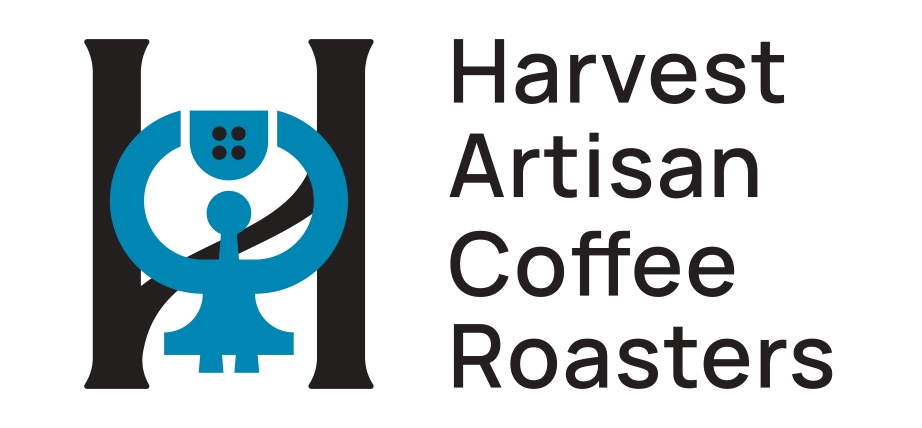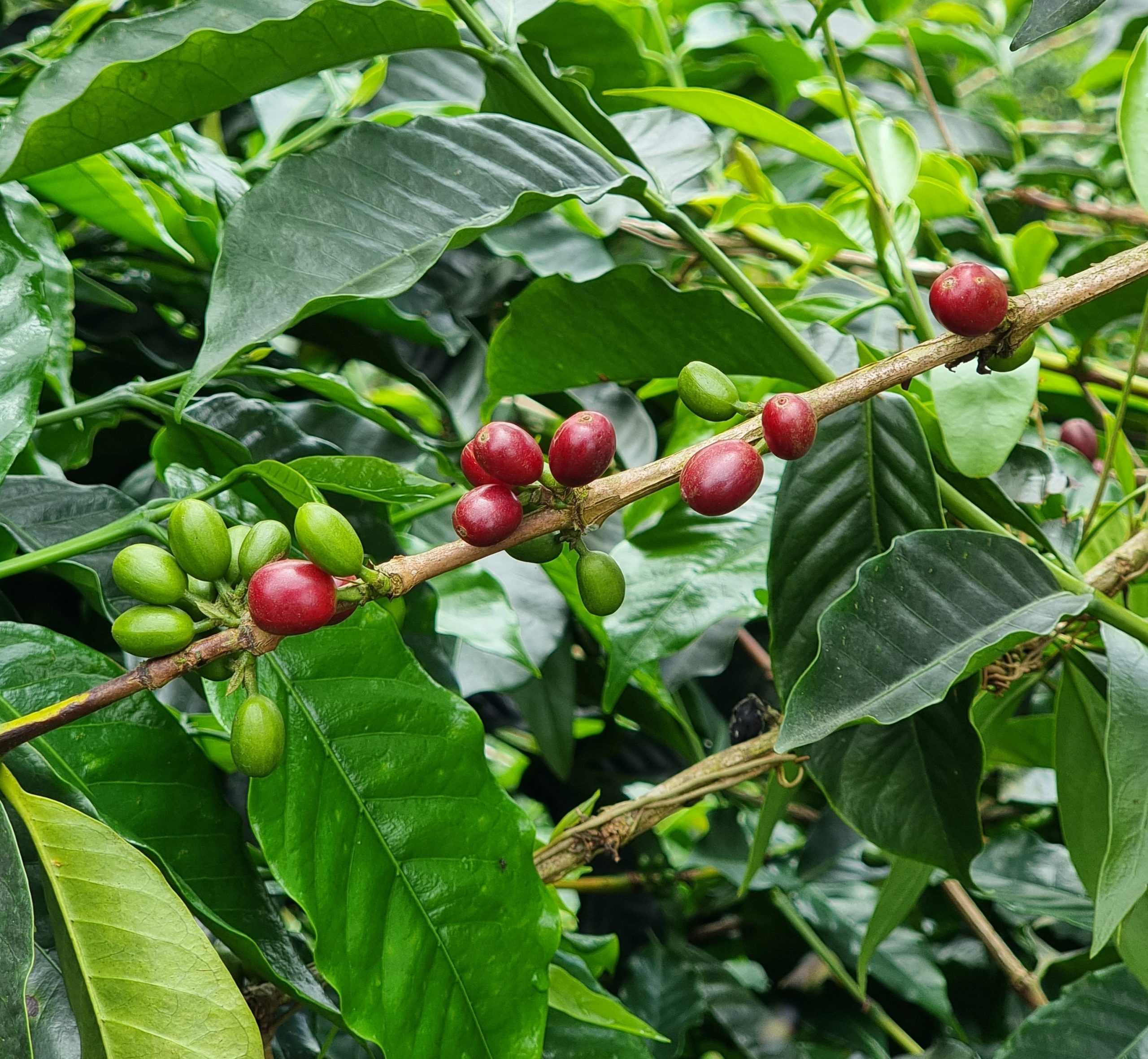The future of coffee is constantly changing, raising new questions and establishing new conditions in terms of improving quality and maximizing production yields. Both climate change and an increasing annual coffee consumption have contributed to the development of the Innovea program by World Coffee Research (WCR), hoping that alternative solutions will be presented to farmers in order to cope with challenges in coffee production in the 21st century.
Since 2015, WCR has introduced the need to formulate coffee beans that are resistant to climate change and diseases, while maintaining not only their high yield but also their strong qualitative cup profile. The program reached a significant milestone in 2022 with the completion of the first phase of F1 hybrid trials, from which four finalists emerged, with the Geisha and Sachimor lines prevailing due to their fine cup quality and good yields.
These lines are now being introduced in a pre-commercial stage in ten fields of Guatemala, Costa Rica, and Peru, with the hope that in 2030, we will be able to discuss 100 pure-line Arabica varieties and new hybrids, and by 2036, spread them to coffee farmers.
Of course, it is important to note that we are not talking about genetically modified seeds, but rather coffee that has undergone genetic analysis for its physical characteristics in order to create hybrids. Once the varieties are selected, crosses are made using traditional methods—literally painting pollen from the flower of one tree onto the flower of another.
So, what will be the financial implications for a farmer-grower-supplier? At first glance, supplying resistant grains might be expensive, but from a long-term perspective, it emerges as a promising solution for improving both quality and quantity. It is estimated that the new hybrids can boost overall production by 50%, show high resistance to diseases, extreme weather forecasts and wide ranges of soil types and obtain minimum score of 90 for their cupping profile.
It should be mentioned that WCR has committed to promoting a complementary robusta breeding program in parallel to the Innovea Program. Besides, it is a fact that robusta cultivations concentrate a continually growing percentage of 25% to 40% of global production.
Source: World Coffee Research, Sprudge




